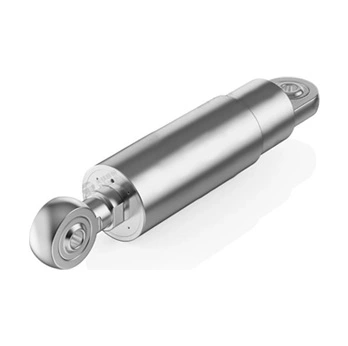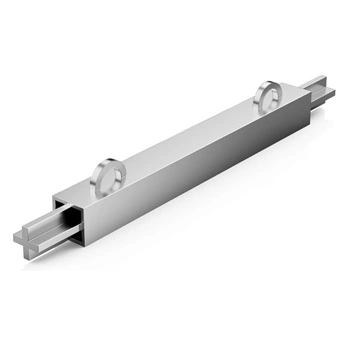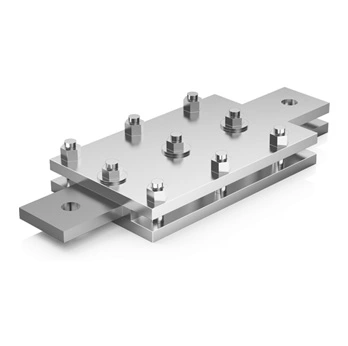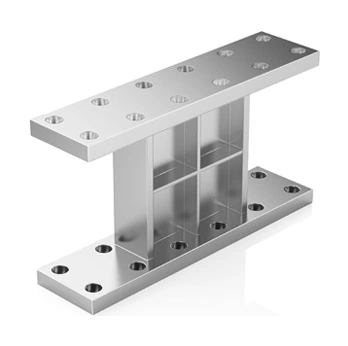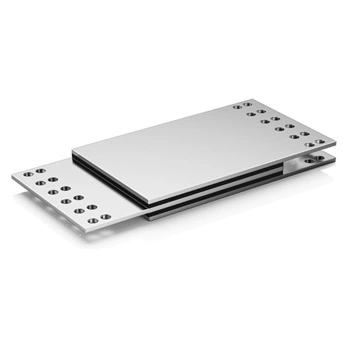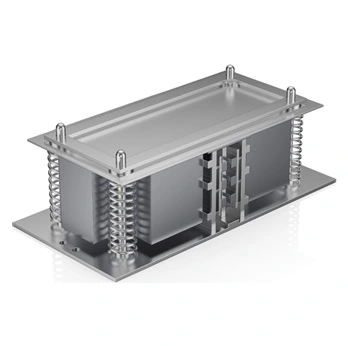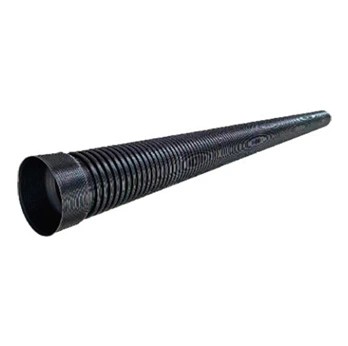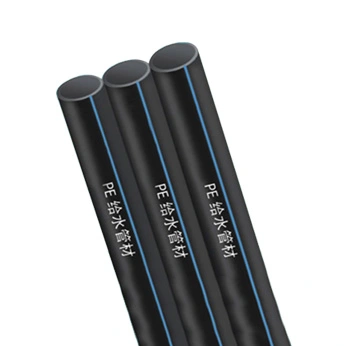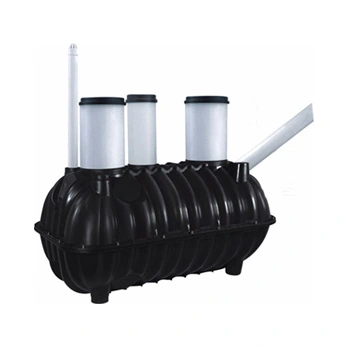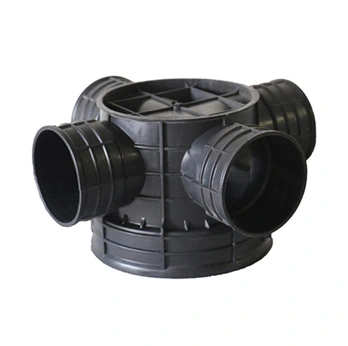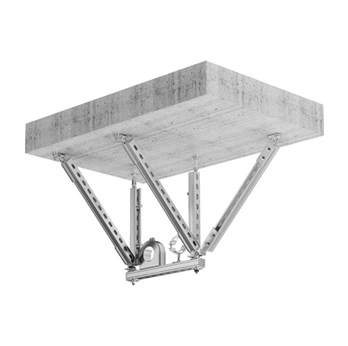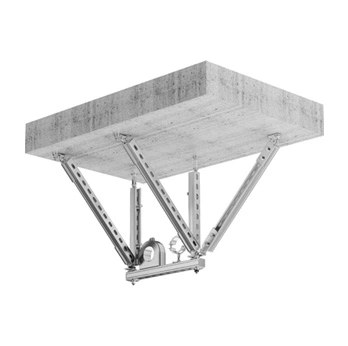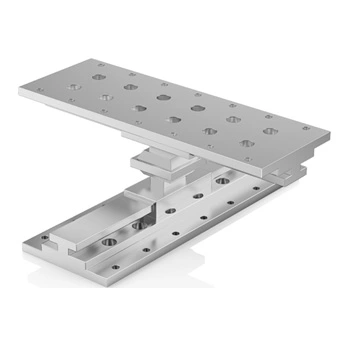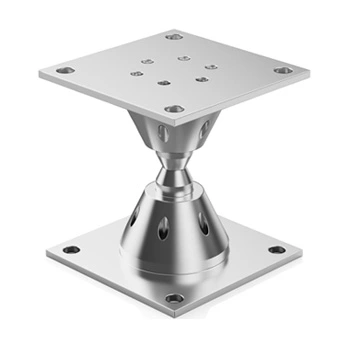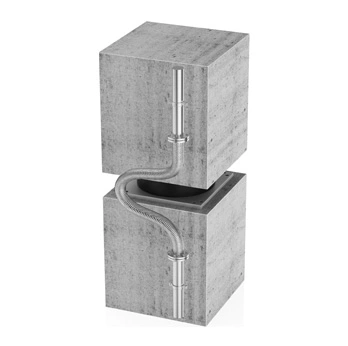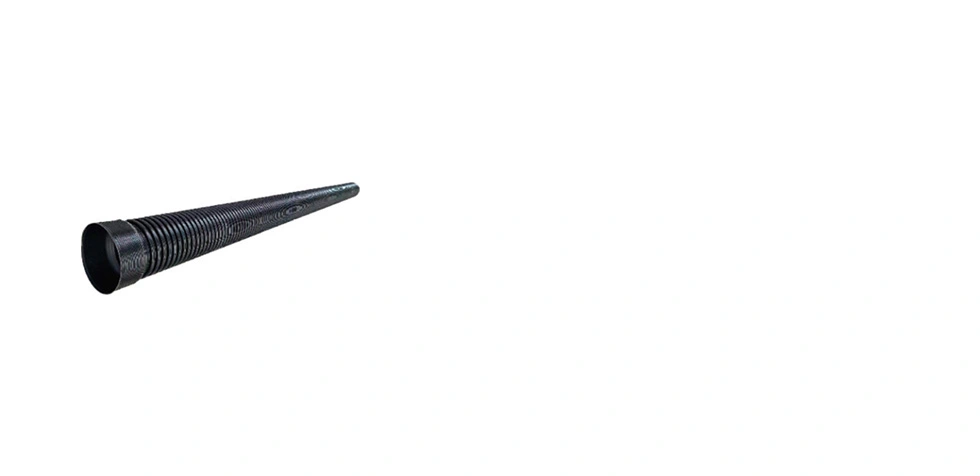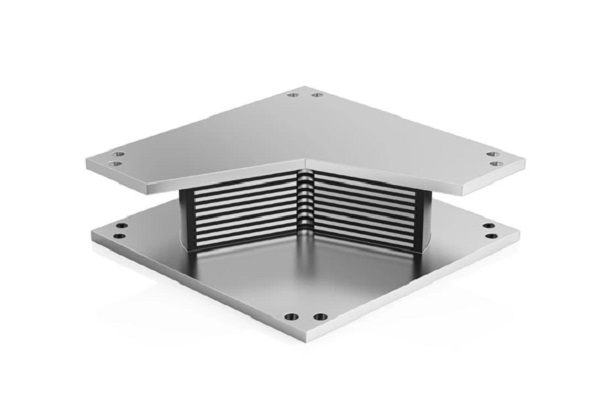In the realm of structural engineering, the quest for creating safer, more resilient buildings is a never-ending journey. One critical aspect of this pursuit is seismic isolation, a technique that can significantly reduce the destructive impact of earthquakes on structures. In this article, we will delve into the benefits and impact of using high damping rubber bearings for seismic isolation in buildings.
Seismic isolation is a sophisticated engineering strategy designed to mitigate the destructive forces of earthquakes. One essential component of this strategy is high damping rubber bearings, which play a pivotal role in safeguarding structures against seismic activity. But what exactly is the effect of using these innovative rubber bearings?
1. Enhanced Energy Dissipation
High damping rubber bearings are engineered to absorb and dissipate seismic energy efficiently. Unlike traditional building foundations, which are rigid and can transmit seismic forces directly into a structure, rubber bearings act as shock absorbers. When an earthquake occurs, these bearings absorb the energy generated by ground motion, effectively decoupling the building from the shaking ground. As a result, the building experiences significantly reduced lateral movement and vibrations.
2. Improved Building Performance
One of the most notable effects of using high damping rubber bearings for seismic isolation is the preservation of structural integrity. These bearings are designed to accommodate a wide range of building sizes and shapes, making them a versatile solution for various architectural designs. By isolating the structure from seismic forces, buildings equipped with rubber bearings can remain functional even after a significant earthquake. This not only enhances the safety of occupants but also minimizes costly structural damage and downtime for repairs.
3. Mitigation of Noise and Vibration
In addition to their seismic isolation capabilities, high damping rubber bearings also contribute to noise and vibration reduction. When seismic energy is absorbed and dissipated by these rubber bearings, it minimizes the transmission of vibrations and noise throughout the building. This benefit is particularly valuable for sensitive facilities like laboratories, hospitals, and manufacturing plants, where precision and stability are crucial.
4. Longevity and Low Maintenance
High damping rubber bearings are known for their durability and low maintenance requirements. Unlike some alternative seismic isolation methods, these bearings have a long service life and do not require frequent inspections or complex upkeep. This makes them a cost-effective choice for building owners and ensures the continued protection of the structure over many years.
In conclusion, the use of high damping rubber bearing for seismic isolation in buildings offers a range of benefits, including enhanced energy dissipation, improved building performance, noise and vibration reduction, and long-term durability. As engineers continue to innovate in the field of structural engineering, these rubber bearings stand out as a reliable and effective solution for safeguarding buildings against the devastating impact of earthquakes. Incorporating high damping rubber bearings into seismic retrofitting or new construction projects is a proactive step towards creating safer and more resilient structures in earthquake-prone regions.
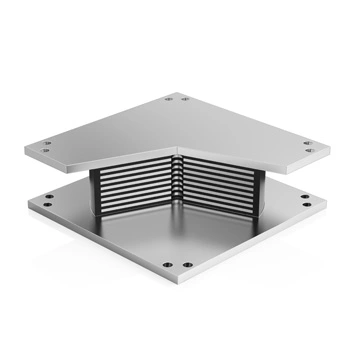 Natural Rubber Bearing
Natural Rubber Bearing
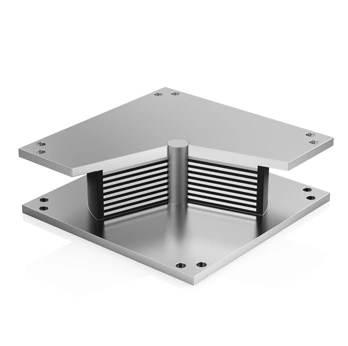 Lead Rubber Bearing
Lead Rubber Bearing
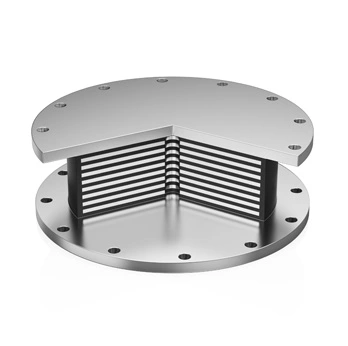 High Damping Rubber Bearing
High Damping Rubber Bearing
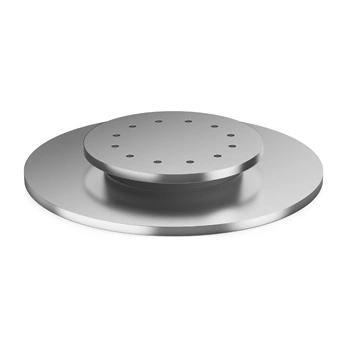 Elastic Bearing
Elastic Bearing
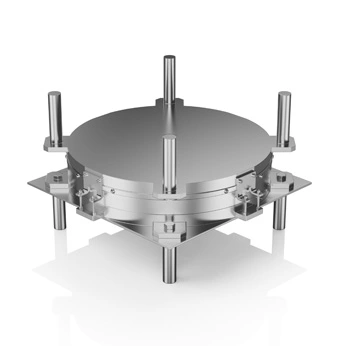 Friction Pendulum Seismic Isolation
Friction Pendulum Seismic Isolation
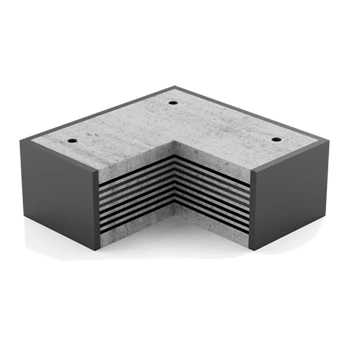 Simple Support For Village And Town Houses
Simple Support For Village And Town Houses

